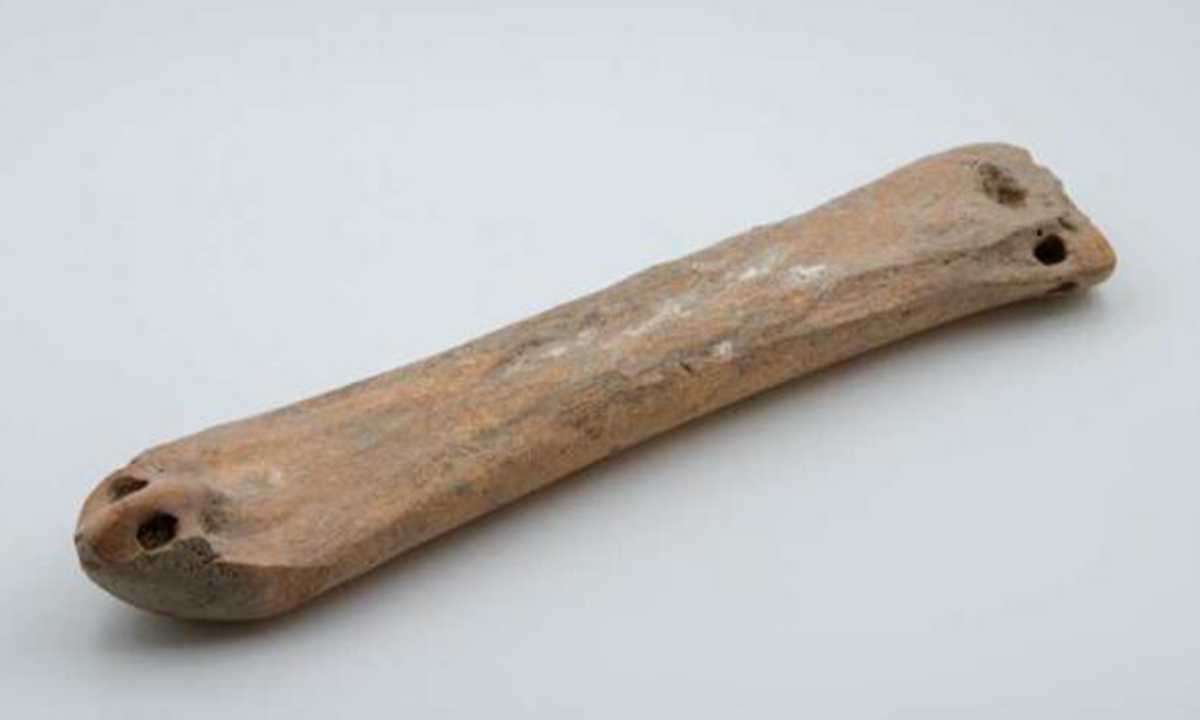
Archaeologists have found 3,500-year-old ice skates made of animal bone in Northwest China's Xinjiang Uygur Autonomous Region, experts announced at a Xinjiang archaeological press conference on Saturday.
Made of cattle and horse bones, the skates were found inside a high-society tomb in the Ili River Valley. They are highly similar to the bone-made ice skates found in ancient Europe.
Although the reason why people in Xinjiang skated on ice remains unknown, the discovery is clear evidence of the communication between China and Europe across the Eurasia continent during the Bronze Age, experts say.
Xinjiang is already internationally recognized as the birthplace of skiing. The discovery of ancient ice skates, the first ever discovered in China, also provide evidence for Chinese archaeologists to trace the birthplace of another winter sport in the country, archaeologists said.
In addition, traces of 40 pieces of wooden wagons, including solid wood wheels, shafts, axles and carriages, were also scattered around the tomb site.
Experts theorize that the tomb, discovered at the Bronze Age Gaotai Ruins in Nilka county, Xinjiang, belonged to a noble herding family.
"Judging by the scattered pieces, we believe that these wooden wagon parts were deserted by their owners, and detached on purpose, and buried during establishing the tomb," noted Ruan Qiurong, head of the excavation team at the site.
After years of excavation, one thing that experts are sure of is that the Gaotai Ruins were a high-class burial site for a herding society, noted Ruan, who added that the discovery of the tomb is sure to prove useful in studying the burial culture and social structure at the end of the Bronze Age.
At the excavated site, 500 more cultural relics, including pottery wares, stone containers, bronze wares and animal bones have also been discovered.
The Gaotai Ruins, a 120-square-meter stone-made tomb complex, and a living area located 1,000 meters away from the tomb are part of the Jiren Taigoukou Ruins discovered in Qialege'e village in the Ili River Valley.




